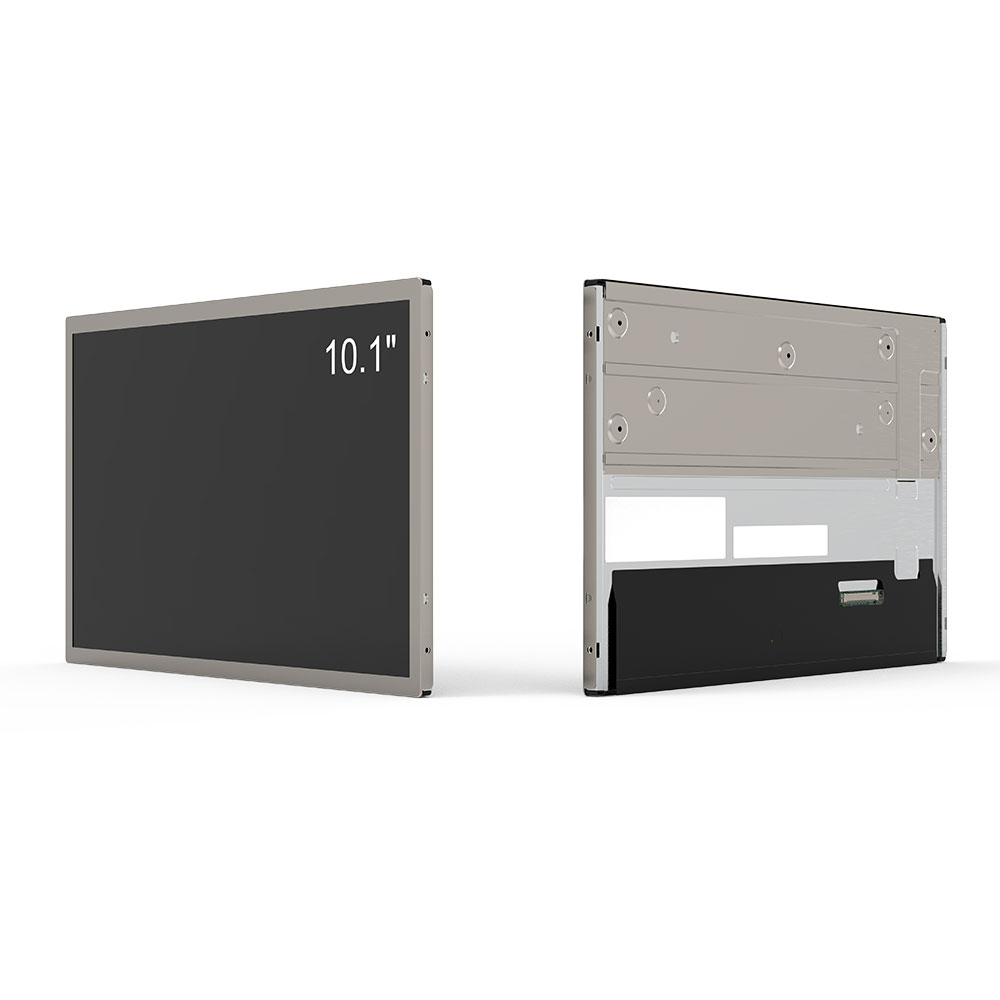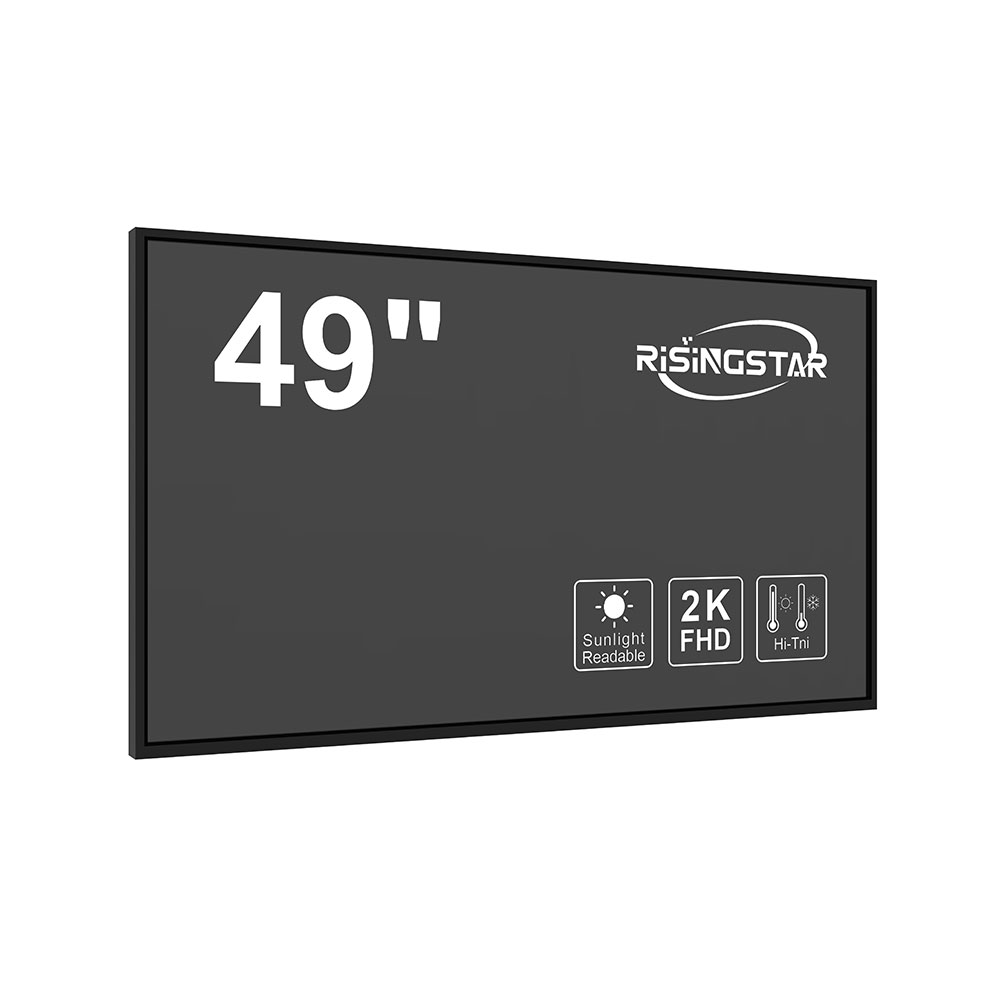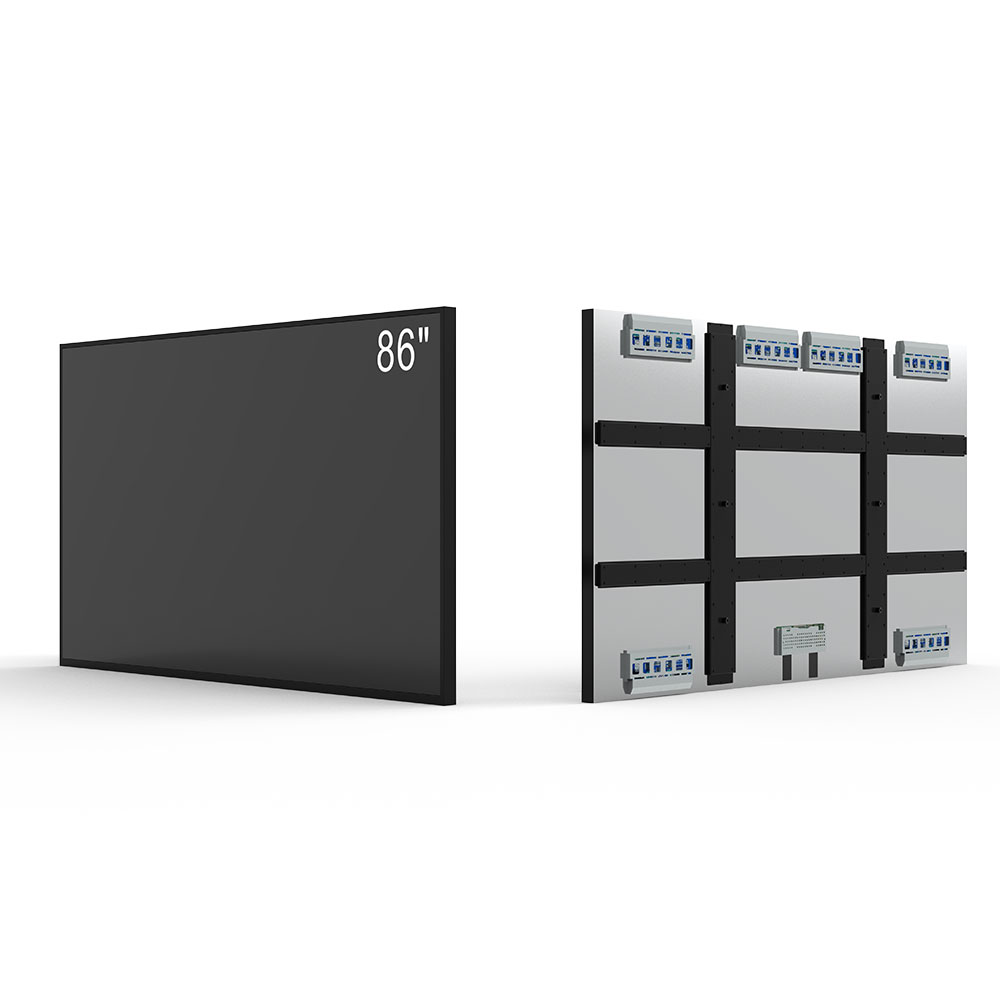When deploying digital signage in outdoor environments, selecting the right LCD screen is critical—not only for visibility under varying lighting conditions but also for long-term durability against weather, temperature extremes, and physical wear. As a professional in outdoor display technology with over a decade of field experience, I’ve helped clients across North America, Europe, and Asia deploy thousands of outdoor LCD screens in retail, transportation, and public infrastructure projects. Based on industry standards like EN 60068 (Environmental Testing) and ISO 14522 (Outdoor Display Performance), here are the essential technical parameters and real-world considerations you must evaluate before installation.
Brightness and Contrast Ratio
The most common mistake is choosing a screen based solely on advertised brightness (measured in nits). For full daylight visibility, screens must exceed 5,000 nits—especially in direct sunlight. According to SMPTE RP 431-2, a minimum of 5,000 nits is required for reliable visibility at noon. However, higher brightness (7,000–10,000 nits) is recommended for high-glare areas like highways or airports. Also, ensure the contrast ratio exceeds 4,000:1 to maintain image clarity in both bright and shaded zones.

Weatherproofing and IP Ratings
Outdoor screens must meet IP65 or higher (dust-tight and protected against water jets). Some manufacturers use NEMA 4X enclosures for corrosive environments like coastal regions. A case study from a London bus stop deployment showed that screens with IP66 ratings had 60% fewer maintenance issues over 3 years compared to those with IP54 ratings. Always verify that the enclosure seals and internal fan systems comply with UL 1994 standards for electrical safety in outdoor use.

Thermal Management
LCDs degrade rapidly above 45°C. Use active cooling (e.g., heat sinks, fans, or liquid cooling) and passive designs like aluminum extrusions for heat dissipation. In Dubai’s summer, we installed 100+ screens using phase-change materials (PCM) that absorb excess heat during peak hours—extending lifespan by up to 35%, per a 2023 study published in IEEE Transactions on Consumer Electronics.

Mounting and Structural Integrity
Wind load resistance is often overlooked. For locations exposed to winds >60 mph, use stainless steel mounts rated for at least 150 kg wind load. Our team tested mounting solutions using ASTM D6863 standards; only one design passed without vibration-induced pixel shift after 6 months in a hurricane-prone zone in Florida.
Maintenance and Remote Monitoring
Choose screens with built-in diagnostics (like temperature sensors, power monitoring, and automatic brightness adjustment via ambient light sensors). Integration with cloud-based platforms (e.g., SignageLive or Screenly) enables proactive maintenance alerts, reducing downtime by up to 70%.
In conclusion, outdoor LCD selection isn’t just about specs—it’s a holistic system design involving environmental resilience, operational efficiency, and long-term ROI. Whether for a stadium scoreboard or a city-wide information kiosk, investing in quality upfront saves costs and ensures consistent performance year-round.







